26 Awesome Uses for a Raspberry Pi
Which Raspberry Pi project should you start with? Here's our roundup of the best Raspberry Pi uses and projects around!
You've been thinking about it for a while, and you've finally taken the plunge: you've bought a Raspberry Pi. But what can you use it for?
Can this little device really act as a desktop PC? As a server? As a radio station? Yes, it can!
To get you started, we've collected a whole bunch of uses for the Raspberry Pi, with detailed tutorials from across MakeUseOf.
We'll assume you're using a Raspberry Pi 4, but most of these projects will work on older models and the even the Raspberry Pi Zero.
1. Replace Your Desktop PC With a Raspberry Pi
The simplest use for a Raspberry Pi is as a desktop computer.
Along with the Pi itself, the microSD card, and power supply, you'll need a HDMI cable and a suitable display. As with a traditional computer, you'll also need a USB keyboard and mouse.
The Raspberry Pi 3 and later has Wi-Fi and Bluetooth built in. If you're using an older model, you'll need compatible USB dongles (check compatibility at elinux.org's Raspberry Pi Hub). If you prefer to use Ethernet, however, all Raspberry Pi models (except the Pi Zero) are equipped with Ethernet ports.
After installing your preferred operating system, you'll find LibreOffice is pre-installed, along with the Chromium browser.
Everything you need to run your Raspberry Pi like a desktop computer!
2. Print With Your Raspberry Pi
Have an old printer that you really like using, but which cannot be connected to wirelessly? You're probably inclined to dispose of it safely, but you really don't need to. All you need is a Raspberry Pi connected to your home network, and some print server software.
This is done by installing the Samba file sharing software, followed by CUPS. The Common Unix Printing System provides drivers for your printer and provides an administration console.
Once this is set up, configure the Pi to ensure any computers on your home network can access the printer. That's all there is to it. Note that this really depends on your printer having a USB cable. If it doesn't, adaptors are available.
3. Add AirPrint Support to Your Pi Print Server
The above project only takes things so far. It's ideal for printing from a Windows, Mac or Linux computer, but what about tablets and phones? For that, you'll need Air Print support, which can be added via a single script.
Although printing is available natively on iOS devices, Android tablets and phones will require a dedicated app. Most new printers offer support for printing from mobile devices. With a Raspberry Pi, you can extend this functionality to older printers!
4. Cut the Cord With Kodi: A Raspberry Pi Media Center
It's likely that the main use for a Raspberry Pi is as a Kodi media center. Available as disk images, several Kodi builds have been released, with OSMC and OpenElec among the most popular.
If you prefer to keep your Raspberry Pi available for other projects, however, Kodi can simply be installed on Raspbian. It can also be added to retro gaming systems (see below). Installing Kodi comes with some caveats, however. Not all add-ons are available, and of those that are, many will be intended to stream pirated content.
As such, we recommend you only install safe and legal add-ons from the official Kodi repositories. But it doesn't end there. As with any device, a Raspberry Pi running Kodi is vulnerable to some security issues.
5. Set Up a Retro Gaming Machine
One of the Raspberry Pi's most popular uses, the device is ideal as a retro gaming machine. After all, it's compact and powerful enough to be used in several different ways. Not least to fit it as one of the lightest components of a full-sized arcade machine or as a Game Boy kit!
Two main options are available for retro gaming, Recalbox and RetroPie. Others can be used, but all will need a suitable controller that will need some initial configuration. Many platforms can be emulated, from classic MS-DOS PC gaming to the Commodore 64. Many popular 16-bit games consoles can also be revived on the Raspberry Pi.
6. Build a Minecraft Game Server
It doesn't stop with retro gaming. You probably know that your Raspberry Pi's default operating system, Raspbian, comes with a special version of Minecraft pre-installed. But did you know that your Pi can be used as a game server too?
Most effectively, your Pi makes an excellent game server for Minecraft, letting you play from anywhere on your home network. If you have multiple Raspberry Pis, having one as dedicated server will give you a great gaming experience. This works particularly well if you have plenty of Minecraft fans to play with.
Beyond Minecraft, however, other multiplayer network games can be set up on the Raspberry Pi. Open source ports of Quake, Civilization, Doom, and Open TTD can be installed as game servers on your Raspberry Pi.
7. Control a Robot
There are so many robot-controller Raspberry Pi projects that it's difficult to settle on a single example. You might, for instance, rely on a dedicated robotics package for your Pi, with the device battery powered and used to communicate and control your robot.
Or you might prefer your own design, built from components you already own. Either way, you'll need to make the right choice of Raspberry Pi. While the Raspberry Pi 4 will give you more processing power, a Pi Zero W is more compact. This slimline version of the Raspberry Pi features onboard wireless connectivity, making it ideal for lightweight robots.
Want some inspiration? Our look at film and TV robots that can be built with a Raspberry Pi should help. Otherwise, if you want to get started right away, robot car kits can be bought online.
8. Build a Stop Motion Camera
Everybody loves stop motion video. From Wallace and Gromit to renowned director Terry Gilliam's early Monty Python's Flying Circus work, it never fails to amuse. But how is stop motion made? You can find out with a Raspberry Pi and a dedicated camera module.
Using the Python programming language, a suitable mount (overhead for Gilliam-esque paper craft animation, a standard tripod for clay- or toy-based), and a well-lit area, this is a time-consuming process. Some practice is needed to get good results and you'll need to add a soundtrack.
You'll also need a breadboard to mount a button (unless you already have a suitable plunger button that can be connected to the Raspberry Pi's GPIO), and a Python script to snap each image.
9. Make a Time Lapse Video
Combining the Raspberry Pi camera module with a different script creates another use for your Pi: capturing time lapse movies. This is done by taking single frames with a timed delay.
How you then use the Raspberry Pi for photographing time lapse is up to you. You'll perhaps need a portable battery solution, and a tripod may come in useful again. This time, you may prefer a smartphone tripod (the clamp should fit your Pi's case perfectly), to steady the device.
But what should you film? Flowers in the garden, fruit in a bowl, people passing by... perhaps the clouds in the sky, or the changing weather? You're only limited by your own imagination, and how far you're willing to travel to get a good video.
10. Broadcast a Pirate FM Radio Station
Do you have a message you want to share? Need to communicate with a group or community of people who don't have access to the internet? The answer is radio: and the Raspberry Pi is capable of broadcasting on the FM band!
Before you hit the link, however, it's caveat time: broadcasting over FM is illegal without a license. Fortunately, the Pi can only broadcast over a short distance, so you should be able to avoid getting into trouble. Really, this is a proof of concept project. While it might prove useful in some remote part of the world, it's unsuitable for urban use.
A portable battery solution and soldering skills are required here. Any audio you wish to broadcast will need to be pre-loaded to the microSD card, and played in a loop.
11. Build a Raspberry Pi Web Server
Another fantastic use for a Raspberry Pi is to set it up as a web server. This basically means that it can be configured to host a website. It might host your blog, for example.
Several methods can be used. You'll need to get started by installing the right software: Apache and its associated libraries. Or you might install a full LAMP stack, with PHP and MySQL alongside Apache. It's useful if you also set up FTP.
Once these steps are completed, you can save HTML files into the /www/ directory, and your web server is ready. Or you might install some specific web software like WordPress.
To get your website online, you'll need a static IP address from your internet provider. If this is too expensive, try No-IP.com
12. Create a Twitter Bot
Twitter is full of nonsense. Much of it is courtesy of bots, programs that are created with the intention of posting messages. Some of these are useful; they might be updates from your favorite websites, for instance. Many are annoying, however, or even unpleasant.
Most of these automated accounts are just targeted spam.
But there are a few useful things you can do with a Twitter bot. Rather than utilize an online service to publish these messages, you can use a Python application on your Raspberry Pi. If your Pi has a permanent connection to the internet, it's possible to create a Twitter bot.
You'll need to register a Twitter app via the Twitter website. This enables access to the Twitter API, and with some code (Python or Node.js) your bot will be ready. All you need to do then is specify the type of content to be tweeted. This could be anything from CPU temperature to a randomly selected quote of the day or simply a photo.
13. Build a Motion Capture Security System
Who is trespassing on your property? Who thinks they can break into your room and go through your things? And just what are they doing with your toothbrush?!
The only way to find the answer to these questions is with some sort of security system. With the Raspberry Pi Camera Module attached, or a generic USB webcam, you can build a motion capture security system.
Note that you will need a high capacity microSD card (or USB storage device) for storing footage from the device.
This Raspberry Pi project combines the motion software with uvccapture, a tool for capturing the footage from your webcam. The ffmpeg software is also used to manage the bitrate and time lapse. Once it's all up and running, you can expect the system to start recording whenever motion is detected. Email alerts can also be configured.
14. Inspiring Digital Photo Frame
Off-the-shelf digital photo frames are attractive, if somewhat limited in space, storage, and purpose. What if they could do more than just display your favorite family photos?
Using this build, you can create a digital photo frame that delivers inspiring messages alongside photos of beautiful scenes. The result is something that dazzles your eyes while making you really think about the message. We used a Raspberry Pi touchscreen display for this project; any compatible LCD display should be suitable.
15. Photograph the Night Sky
If stop motion, time lapse, and motion capture security aren't enough for your Raspberry Pi's Camera Module, why not try some night photography? For this, you'll need a Raspberry Pi No-IR Camera Module.
With the IR filter removed, the camera gives better night-time results. You can photograph what is happening above while you sleep below. This gives you the opportunity to snap stars, meteors, the moon, planets, even UFOs.
For instance, you might use time-lapse photography to track the path of the stars and the moon overnight. Or employ a slow shutter speed to get a trace effect. Whatever your plan for night photography, the Raspberry Pi should suit your requirements perfectly.
16. Build a Network Monitoring Tool
Interested in being able to monitor the devices on your network? Concerned about a lack of connectivity, or want quick notice when your blog or website is offline?
The answer is a network monitoring solution. While several are available, the most popular is the open source Nagios tool, which is easy to install and configure. With this installed, you can monitor up time, view a visualization of the devices on your network, and more.
Traditionally, it has been installed on Linux boxes, but it's really a waste of a full desktop PC or server. However, it is an ideal use for a Raspberry Pi!
All you need to do is download the Nagios disk image and flash it to your Pi's SD card. For the best results, use a Raspberry Pi 2 or later for this project, as Nagios can be resource-intensive.
17. A Raspberry Pi Plex Server
We've already looked at Kodi as a media center, but there are more TV-based entertainment projects you can do with a Raspberry Pi. In short, you can turn your standard, dumb TV into a smart TV. As if that wasn't enough, you can even enhance the features of an existing smart TV!
For a TV to be "smart" it should be able to play media from a USB or flash storage device, stream video from Netflix, YouTube, and similar sites, and offer remote control. This is often from a mobile device when it comes to Raspberry Pi projects. Smart TVs should also offer news and weather, and PVR support, which a Raspberry Pi can manage thanks to a USB TV card.
Beyond Kodi (or in conjunction with it) a Raspberry Pi can be used as a Plex server. This means that you have a PC or server running Plex, and use another device to view the media. The second device could be a PC, Xbox One, or even another Pi with the RasPlex software installed. Browsing the server's media should be straightforward, enabling you to enjoy all movies, TV shows and music stored upon it.
18. DIY NAS Box
Want to create your own local network drive? It's a great idea to have a Network Attached Storage device, if only for browsing from a media center. My personal favorite use is as a network drive where I can store family photos.
Personal NAS drives are compact enough to be hidden away in cupboards, or on top of wardrobes. The same is true of a Raspberry Pi NAS, a Pi connected to an external HDD or USB flash storage. You might even use an SSD drive.
You can set this up manually with Samba. It won't be long before your data is stored on your home network drive, freeing up space on your PC. Just remember to back up your NAS drive regularly!
19. A Home Automation System With Arduino
The Raspberry Pi makes an ideal brain and interface for a home automation system. Coupled with an Arduino, and running the Node.js app Heimcontrol, home automation is made possible via a few remote-controlled radio-enabled mains adapters. Heimcontrol lets you enable or disable any devices plugged into the adapters, via the Raspberry Pi, with signals transmitted by the Arduino.
This approach is best if you're looking for a way to familiarize yourself with the basics of home automation. But what if you want a system that more or less works right away, with smart home automation tools, etc? Perhaps using equipment that is already up and running in your home?
In this scenario, teaming up a Raspberry Pi with OpenHAB should work perfectly.
20. Build an AirPlay Receiver
It isn't just wireless printing that the Raspberry Pi can handle. AirPlay is also an option, enabling you to turn your Raspberry Pi into a smart speaker. Want to stream audio from your mobile device through a DIY speaker set up?
Utilizing the Pi Music Box dedicated disk image for the Raspberry Pi, and connecting the minicomputer to a suitable speaker, you can also stream audio directly from the web. Google Music, Spotify, SoundCloud and many other services are available.
In addition, the Pi Music Box uses Spotify Connect, DLNA/OpenHome, BubbleUPnP, has USB audio support, and Raspberry Pi soundcard compatibility.
21. Control a Model Railroad
Thanks to various ports (from USB to GPIO) the Raspberry Pi can integrate and interface with many other devices. One of the most interesting options is a model trainset.
Wouldn't it be awesome to control your model railroad with a Raspberry Pi? Several projects have been developed that enable this. They're scalable projects that can do everything from monitor the position of trains and adjust speed, to controlling points, lights, and even the ambience of the accompanying model village.
The video is from the Raspberry Pi Model Railway Automation project. Find out more on the developer's project website.
22. Stream Live Video to YouTube
Another way to take advantage of a Raspberry Pi Camera Module is to live stream to YouTube.
This works with a Raspberry Pi 3 or later. While a compatible USB camera can be used, the best results are enjoyed with the official device.
To get started with this project, you'll need your own YouTube channel ready to use, and the libav-tools package installed. Check our detailed tutorial to streaming live video to YouTube from a Raspberry Pi for the full instructions.
23. Learn How to Code
When the Raspberry Pi was launched in 2012, one of its key aims was to get kids coding. But it isn't just children who can learn to code on a Raspberry Pi. Grown-ups can also take advantage of the platform's built-in coding tools.
Sound complicated? It isn't. Several pieces of software are available in Raspbian are provided to aid basic programming, but the most important is Scratch.
Designed to cater to all levels, Scratch is a block-based programming tool, that eschews the complexities of inputting lines of code. Instead, you simply drag the commands into place. You can see the impact of your commands in the code view and export the code as a program to run.
Scratch is simple enough to manipulate lights connected to the Pi's GPIO, and complex enough to program basic games. Here's what you need to know about learning to code with a Raspberry Pi and Scratch.
24. Streaming PC Games to Raspberry Pi
Think the Raspberry Pi is limited to retro video game emulation? Think again! With a Raspberry Pi 2 or later you can emulate the streaming capabilities of the Steam Link. This essentially means that you can stream video games from your PC to your TV via a Raspberry Pi.
Like the Steam Link, you'll need to ensure that the Raspberry Pi or the PC (preferably both) are connected to your router via Ethernet. This is because the speed required for successful streaming isn't possible with a wireless-only setup.
Unlike the Steam Link, however, you can stream games that aren't available on Steam. Our preferred method of streaming games to your Raspberry Pi uses a free tool called Parsec. It offers 60fps video streaming, ultra-low latency, and is available for Windows 10, macOS, and Linux.
25. Build a Smart Mirror
Ever wanted to catch up with the latest news, movie trailers, pop videos, and traffic and weather information while shaving? The answer is a smart mirror, a device powered by a Raspberry Pi.
Basically, this is a two-way mirror with a special display mounted behind the glass. Any type of mirror can be used for a smart mirror project; you should use one that suits your purposes.
26. Play Games Natively on the Raspberry Pi
You can emulate classic platforms on a Raspberry Pi, or you can stream games from a PC.
But what about running games natively?
Some great games can be run on your Raspberry Pi without emulators. A great example is Doom, which incredibly can be installed to run on the Raspberry Pi. Other examples include FreeCiv, Quake III, and even the open source SimCity clone, Micropolis.
If you're not comfortable with setting up streaming or emulators, plenty of games can be installed on the Raspberry Pi.
You can even create a game on the Raspberry Pi with breadboarding.
Your Favorite Raspberry Pi Project?
We've shown you an immense collection of uses for a Raspberry Pi, all with the links you'll need to get these projects off the ground.
New to the Raspberry Pi? Before you get started, you'll need to know how to install an operating system on your Raspberry Pi. We've also looked at the best Raspberry Pi 4 cases.
We hope you like the items we recommend and discuss! MUO has affiliate and sponsored partnerships, so we receive a share of the revenue from some of your purchases. This won’t affect the price you pay and helps us offer the best product recommendations.


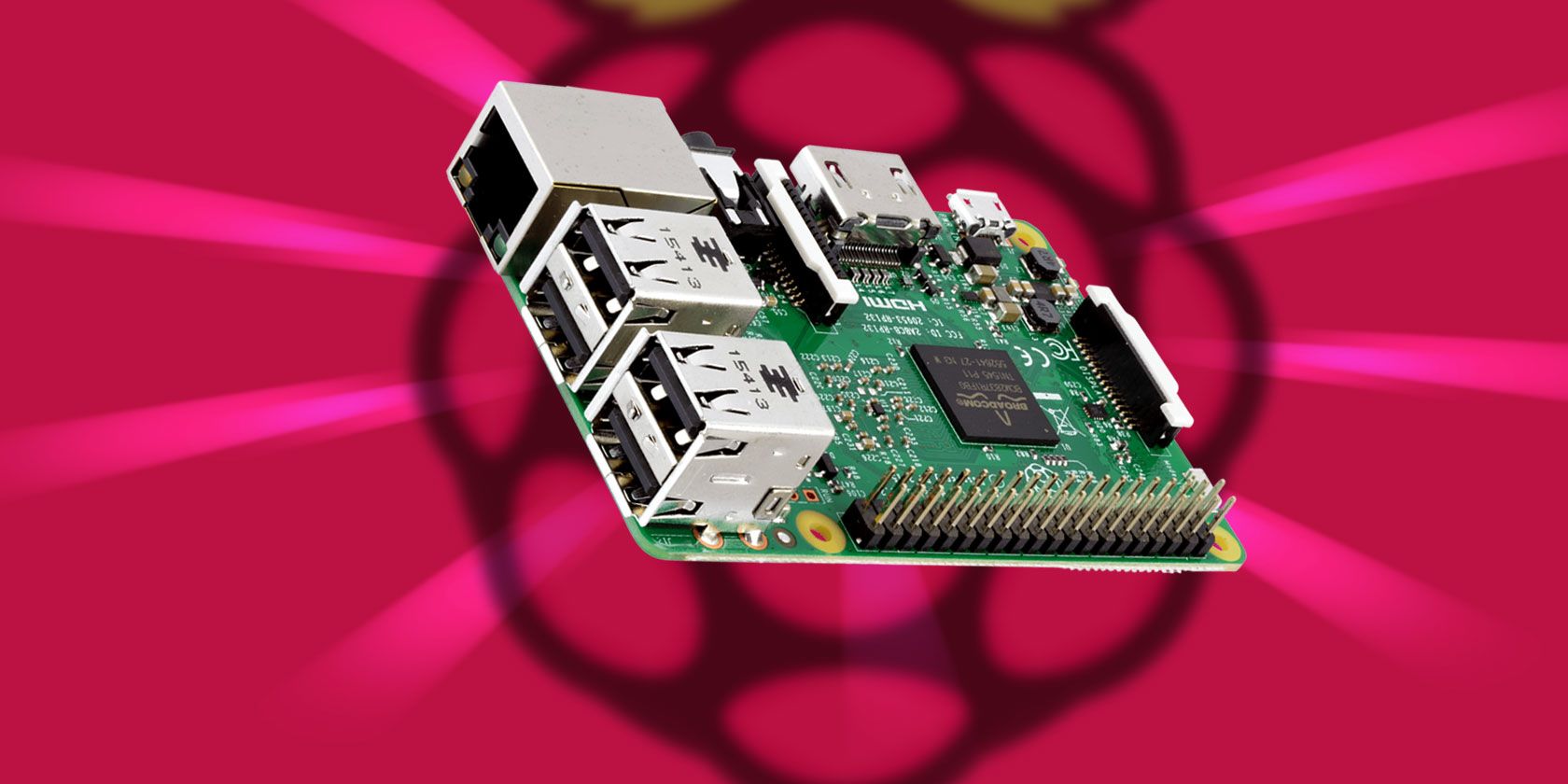
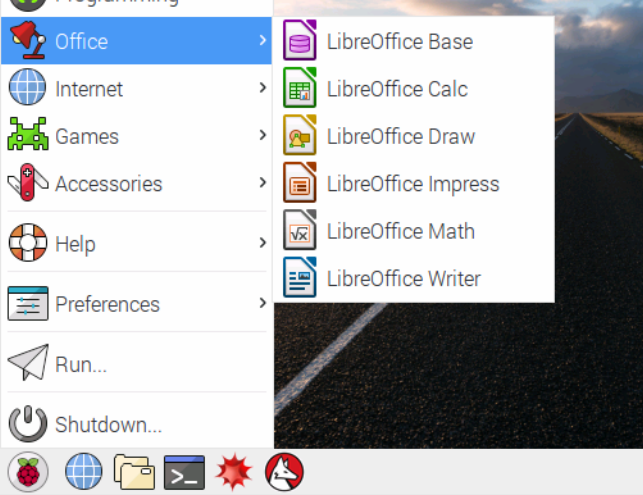
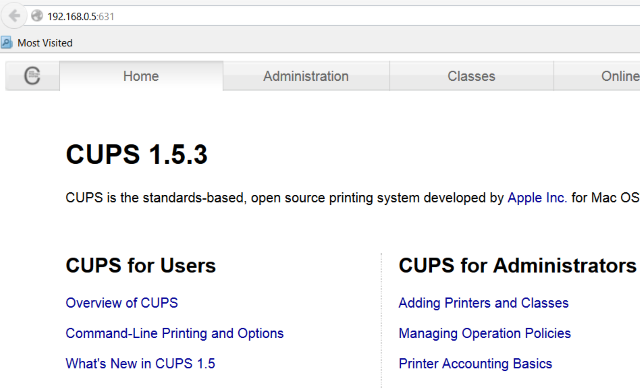
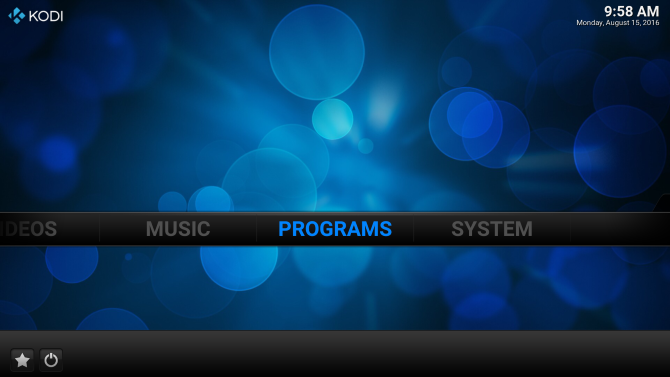
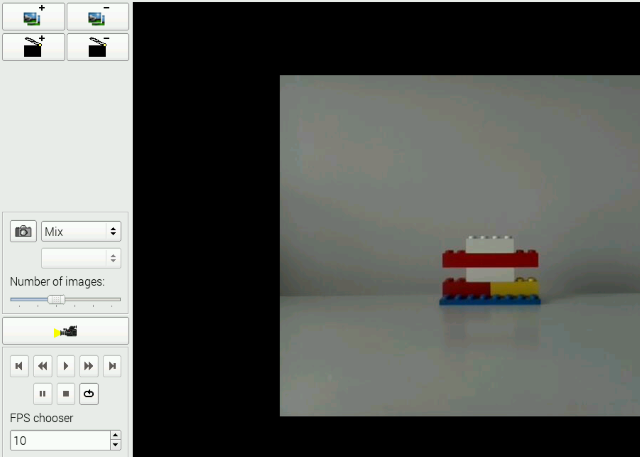
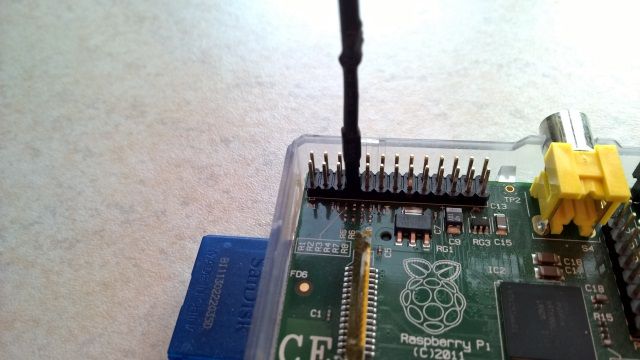
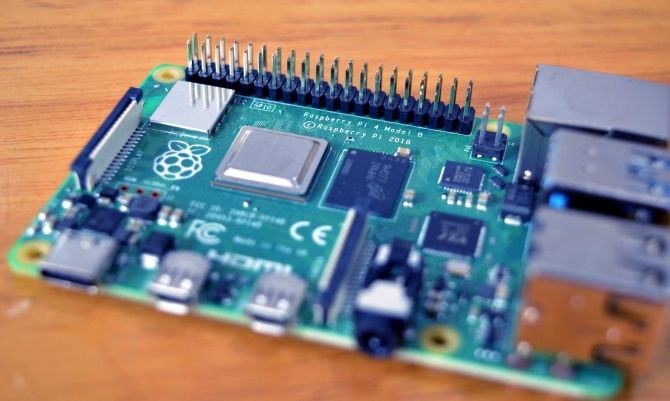


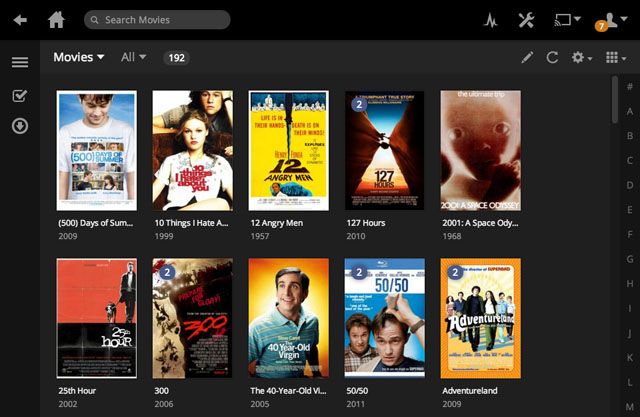
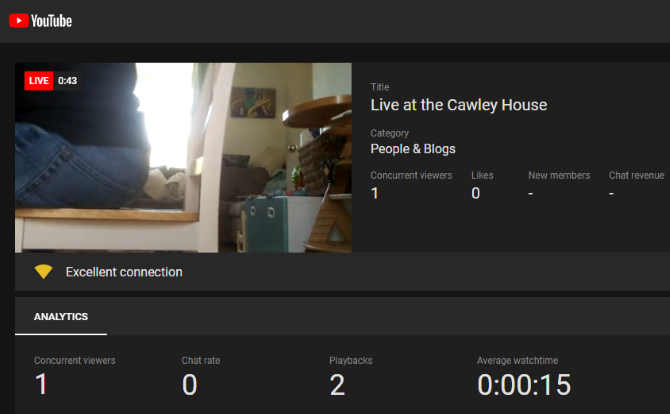
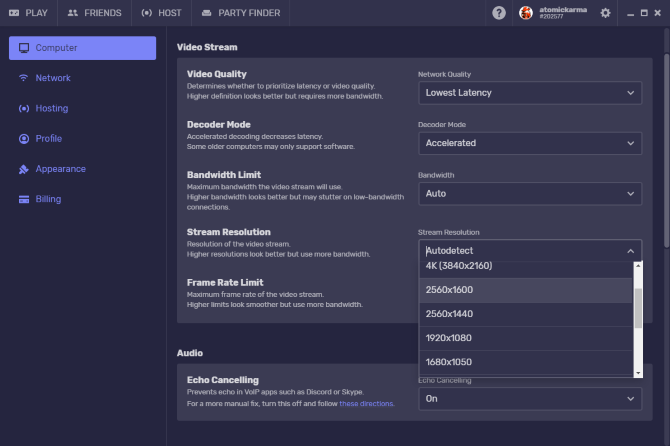



0 تعليقات